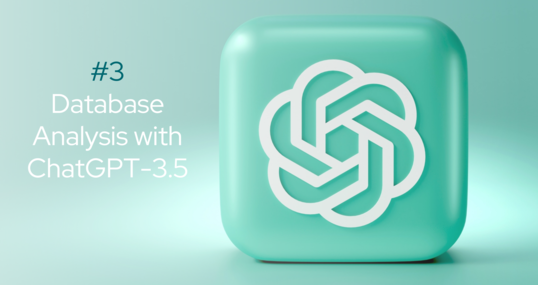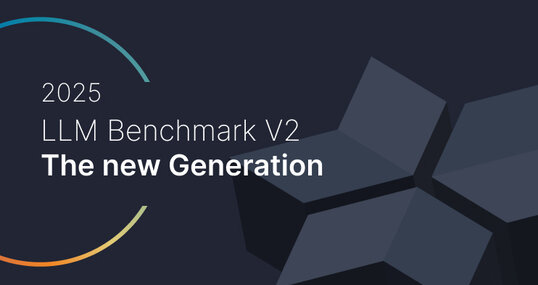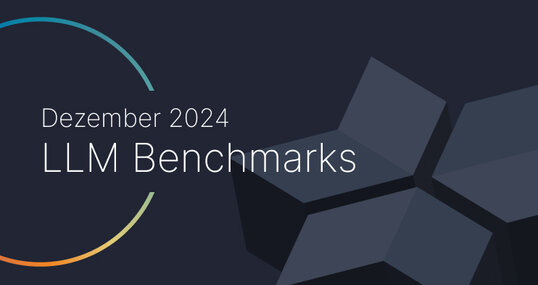At TIMETOACT Österreich, we strongly believe in the benefits of continuous learning. This has not only led to us running an Innovation Incubator but also to developing products that we enjoy using ourselves and are happy to share with other people as well!
One of these tools derived from an Innovation Incubator is Skwill. Since we love to use it internally, we didn't want to withhold it from you people out there. Today, we want to share with you the genesis of Skwill from an internal Learning & Sharing Project to a full grown product.
The Ideation Phase
For this Innovation Incubator Project, we started as a team of three people with lots of ideas and the will to develop something really cool that provides value to us as a team.
So where did this idea of developing a tool based on the so-called “skill-will matrix” came from? Initially, the idea was pitched by one of our Project Managers, who heard about this method from one of their clients in the HR sector. The advantage of this matrix is easy to explain: List your skills and interests in the matrix and visualize where you are good and what you want to do keep doing, but also make visible where you want to get better versus which activities you would want to avoid based on your interests.











































































































